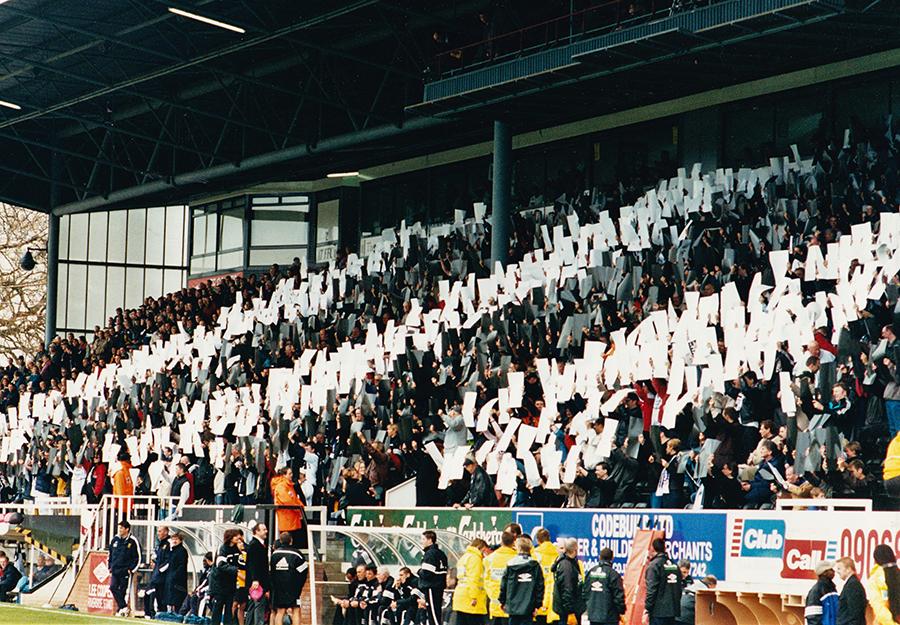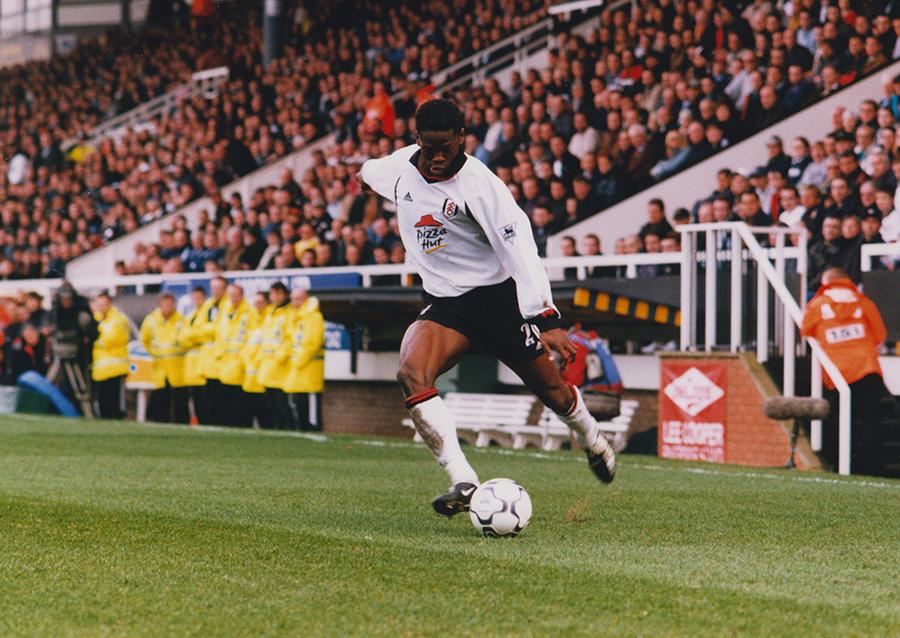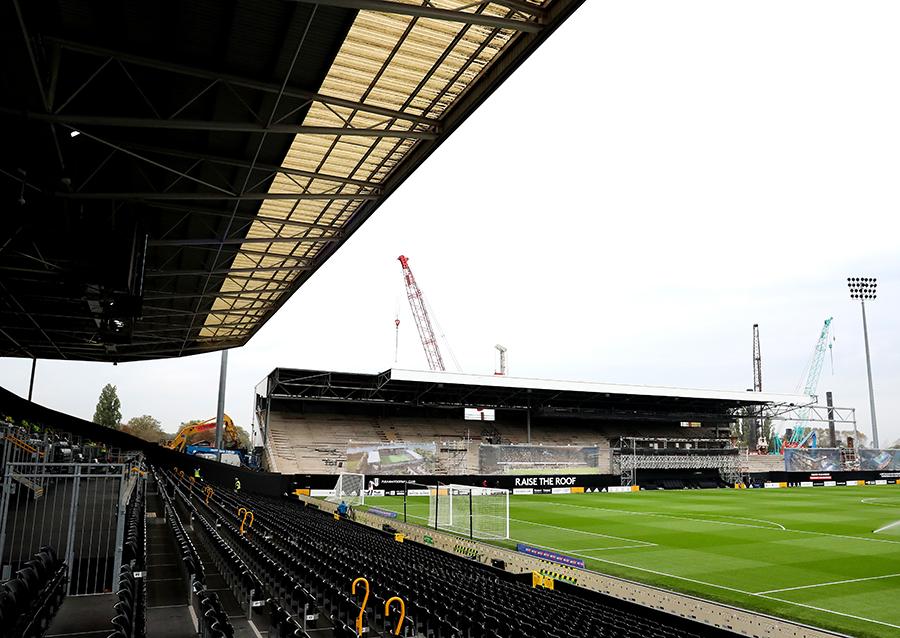In its long existence, Fulham has rarely been a fashionable team.
This season if you relied on the Metro and the London Evening Standard, you might wonder if the club still existed. Maybe this anonymity has its advantages. After the pitiful display against Hull City, Scott Parker and his players were not confronted by crisis headlines. Instead they were able to regroup and give a better account of themselves at Birmingham City.
The two matches had a lot in common: a Remembrance observation, heavy rain, a first half of limited entertainment and a disabling injury to a Fulham defender. This time it was the luckless Maxime le Marchand, replaced in the 35th minute by Cyrus Christie. Birmingham threatened sporadically but Marek Rodak showed calm competence in goal.
Less cool was the fiery Aleks Mitrovic, captain in place of the indisposed Tom Cairney. Mitro had a goal disallowed for offside, then created a wonderful opening that Bobby de Cordova-Reid could not quite reach. Just before the interval, Aleks fouled Jude Bellingham and the resulting skirmish saw both players receive yellow cards.
Unabashed the striker provided a second-half chance for de Cordova-Reid before opening the scoring himself. His aerial challenge caused Birmingham keeper Lee Camp to drop the ball, which Mitrovic pushed over the line. It was the sort of goal that Fulham have conceded so often that I have little sympathy for Camp.
Somehow Mitrovic stayed on the pitch to the end of the game without earning another caution. The Fulham defence kept a clean sheet so his goal was worth three points. Unfortunately his aptitude for yellow cards means that he will miss the forthcoming home match against Queen Park Rangers.
New beginnings
I have written intermittently about Fulham's Riverside Stand, which opened in February 1972 and is now being dismantled to make way for something much grander.
The original construction was an unwise investment, almost doubling the club's debts. In July 1977, having wrested control of Fulham from Tommy Trinder and the Dean family, Chairman Ernie Clay announced his three-year plan with this rider:
'All we have to do is fill the seats in the stands and there will be no problem.'
Easier said than done, particularly with Clay's choice of Bobby Campbell as manager in place of the popular Alec Stock. The three-year plan ended with Fulham relegated to the League's third tier. Hull City's visit in August 1980 drew a meagre 4,592 spectators (compared with an attendance of 18,168 for the same fixture in November 2019).
Finally Clay acted, replacing Campbell with the club's commercial director Malcolm Macdonald. It was a strange but ultimately inspired choice. Macdonald led the Whites to promotion in 1982 and nearly reached the top tier in the following season.
Clay used Fulham's revival to canvass support for purchasing the freehold of Craven Cottage from the Church Commissioners. By the time he succeeded he had lost any interest in (or pretence of) benefiting the club.
He intended to replace the riverside stand with a block of flats, virtually limiting spectators to three sides of the stadium, and he was offloading players instead of building a team.
In the end he sold the club to David Bulstrode, who almost immediately decided to close it down and turn the entire ground into a luxurious housing estate.
Jimmy Hill and the supporters saved Fulham but could not solve the club's financial problems, typified by the sorry state of the Riverside Stand. It was not until the arrival of Mohamed Al Fayed that the grandstand could be restored and filled with spectators.
In 2001 as these pictures show, the Riverside Stand fans displayed their black and white affinities and the following season thrilled to the magic of Louis Saha in the Premier League.
For a time Fulham were in real danger of becoming fashionable.


The views expressed in this blog are those of the author and unless specifically stated are not necessarily those of Hammersmith & Fulham Council.
Want to read more news stories like this? Subscribe to our weekly e-news bulletin.

